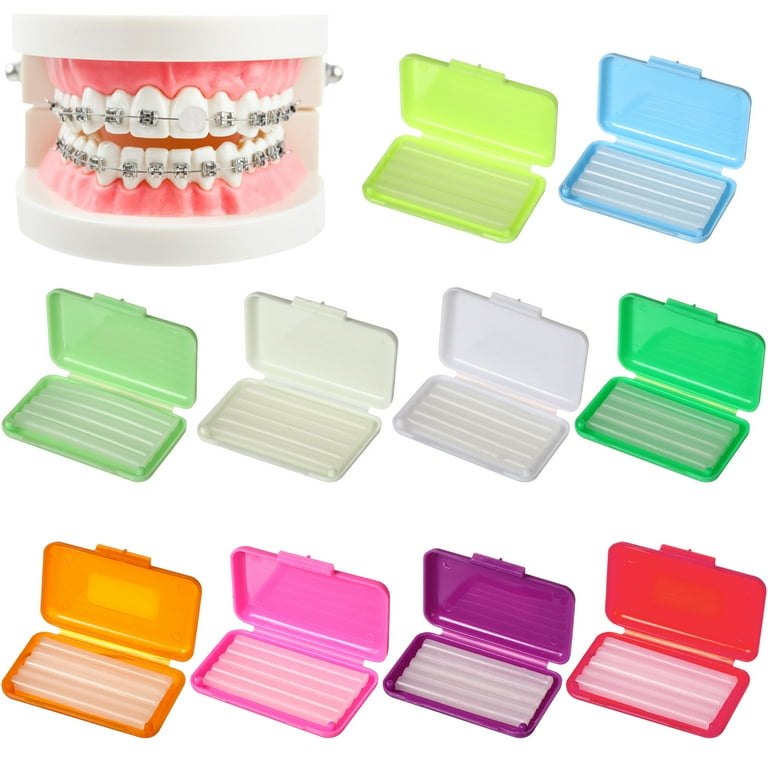Professional Cumming Braces and Aligners: What to Know Before You See
Professional Cumming Braces and Aligners: What to Know Before You See
Blog Article
Comprehensive Overview to Orthodontics Treatments for Remedying Oral Imbalances
In the realm of orthodontics, the journey to attaining a perfectly aligned smile involves a myriad of treatments customized to correct dental misalignments. From conventional dental braces to unnoticeable aligners and even surgical alternatives, the area of orthodontics provides a variety of solutions to address differing degrees of dental abnormalities. Understanding the intricacies of each treatment, including their mechanisms, advantages, and prospective downsides, is vital in making notified choices about one's orthodontic treatment. As we browse via the extensive guide to orthodontic treatments for remedying dental imbalances, the intricate details of each approach will unravel, shedding light on the course towards a functional and harmonious dental positioning.
Orthodontic Procedures Review

In enhancement to clear aligners and typical dental braces, orthodontists might additionally suggest various other treatments like headwear, palatal expanders, or retainers to deal with specific alignment problems (cumming aligners). These procedures are customized to every individual's distinct demands and might involve a combination of treatments to achieve the wanted results. Routine changes and tracking are essential parts of orthodontic therapy to ensure development is on track and to make any needed adjustments along the method. By undertaking orthodontic procedures, clients can not only attain a straighter grin but also improve their general dental health and function.
Standard Braces: Exactly How They Work
When taking into consideration orthodontic treatments for dental imbalances, conventional braces stick out as a time-tested method for remedying teeth placing. Conventional braces contain braces, wires, and bands that interact to apply continual stress on the teeth, progressively moving them right into the desired placement. The brackets are affixed to the teeth making use of an unique adhesive, and the cords are threaded via the brackets. By readjusting the tension of the cords, orthodontists can control the instructions and force put on each tooth, assisting them right into correct positioning with time.
As stress is used to the teeth through the dental braces, the bone bordering the teeth is reshaped to support the new tooth settings. Patients will need regular changes at the orthodontist's office to guarantee the braces continue to use the appropriate stress for efficient teeth activity.
Undetectable Aligners: Benefits And Drawbacks
Undetectable aligners use a very discreet and practical choice to conventional dental braces for remedying oral imbalances. These clear, tailor-made trays are essentially unseen when worn, making them an appealing choice for people looking for a much more cosmetically pleasing orthodontic treatment. One of the main advantages of invisible aligners is their removability, enabling much easier upkeep of dental hygiene contrasted to standard braces. Patients can get rid of the aligners prior to consuming or cleaning their teeth, lowering the threat of food getting stuck in the appliance and streamlining the cleansing process.

Surgical Orthodontic Options
Surgical interventions in orthodontics present viable alternatives for attending to complex dental imbalances that might not be successfully fixed via standard orthodontic therapies. While typical braces and undetectable aligners can correct many orthodontic problems, particular instances need surgical intervention to achieve optimal results. Surgical orthodontic alternatives are generally recommended for extreme malocclusions, considerable jaw disparities, and situations where the underlying bone framework needs adjustment to accomplish appropriate alignment.
One common medical orthodontic treatment is orthognathic surgical procedure, which involves repositioning the jaws to fix functional issues such as trouble speaking or eating. This surgical procedure is usually performed in collaboration with an orthodontist that helps line up the teeth prior to and after the procedure. Surgical orthodontics may also entail treatments to reveal impacted teeth, remove excess periodontal tissue, or improve the jawbone to create a much more harmonious facial account.
Before taking into Recommended Reading consideration surgical orthodontic choices, people undertake a thorough evaluation to establish the requirement and potential advantages of such interventions. cumming braces. While surgical treatment might seem difficult, it can considerably boost both the function and looks of the smile in situations where standard orthodontic therapies fail
Retainers and Post-Treatment Treatment

Post-treatment care includes following the orthodontist's guidelines diligently. This may consist of correct oral health methods, attending follow-up appointments, and putting on the retainers as prescribed. Failure to adhere to post-treatment treatment guidelines can cause regression, where the teeth progressively relocate back towards their original placements. Regular retainer wear, excellent dental health, and regular oral examinations are vital for keeping the outcomes accomplished through orthodontic surgical procedure and making sure the lasting security of the corrected dental positioning.
Conclusion
To conclude, orthodontic treatments use various alternatives for correcting oral misalignments. Typical braces use steel brackets and wires to change teeth right into appropriate alignment. Unnoticeable aligners give a more discreet alternative but may not be ideal for all situations. Surgical orthodontic choices are available for extra serious misalignments. Retainers are typically made use of post-treatment to keep the brand-new placement. Overall, orthodontic procedures can successfully improve dental wellness and aesthetic look.
As we browse via the detailed overview to orthodontic treatments for dealing with oral imbalances, the complex information of each approach will certainly unfold, dropping light on the course toward a functional and harmonious oral alignment. - orthodontist
One of the most typical orthodontic therapies is the usage of dental braces, which consist of metal braces and wires that apply mild pressure to slowly shift teeth into the desired setting.When taking into consideration orthodontic treatments for oral imbalances, typical braces stand out as a time-tested technique for remedying teeth placing. Additionally, invisible aligners may not be appropriate for complex orthodontic concerns that require more considerable teeth movement, as they are dentist meaning generally recommended for mild to modest situations. Retainers are custom-made orthodontic gadgets created to hold teeth in their corrected placements after the conclusion of orthodontic treatment.
Report this page